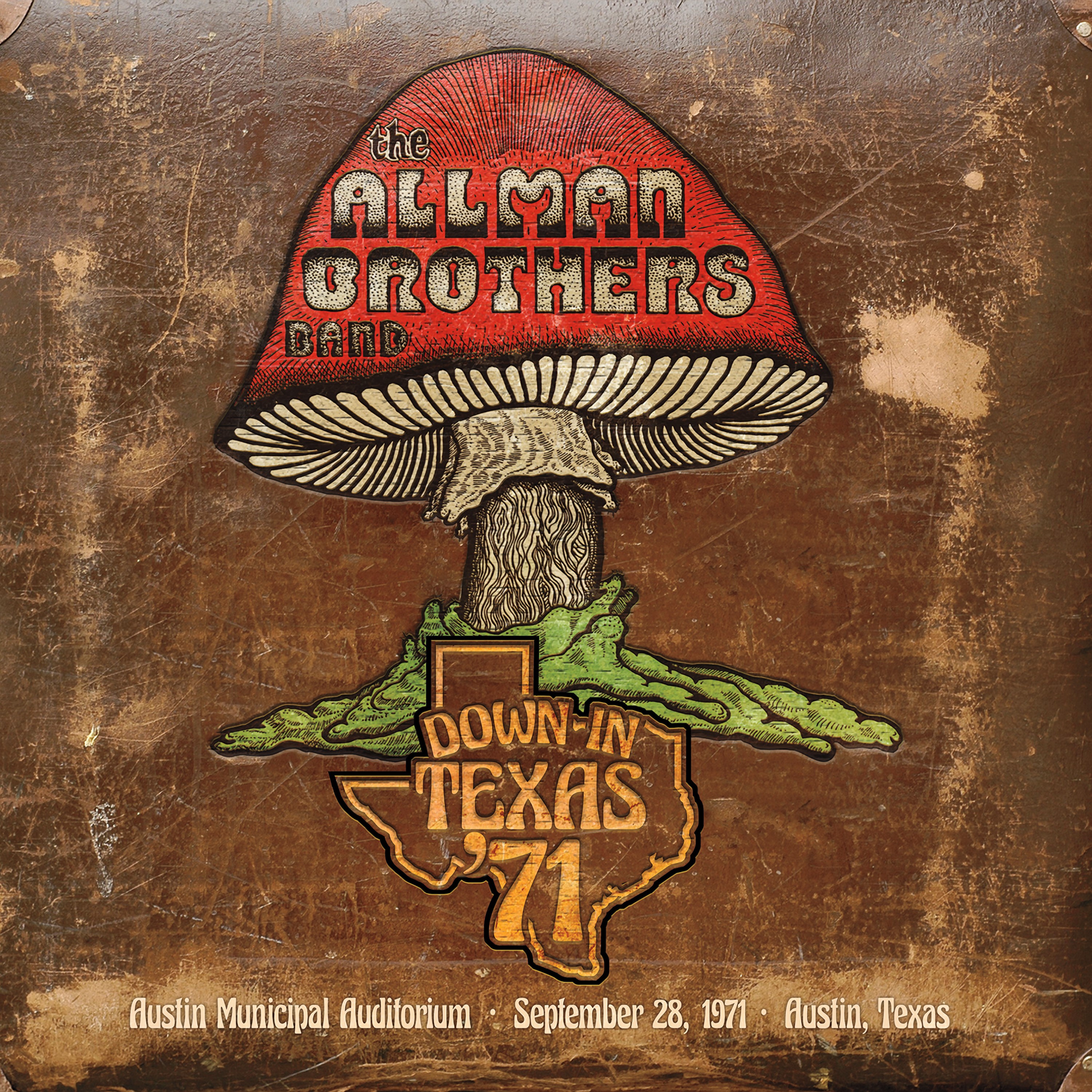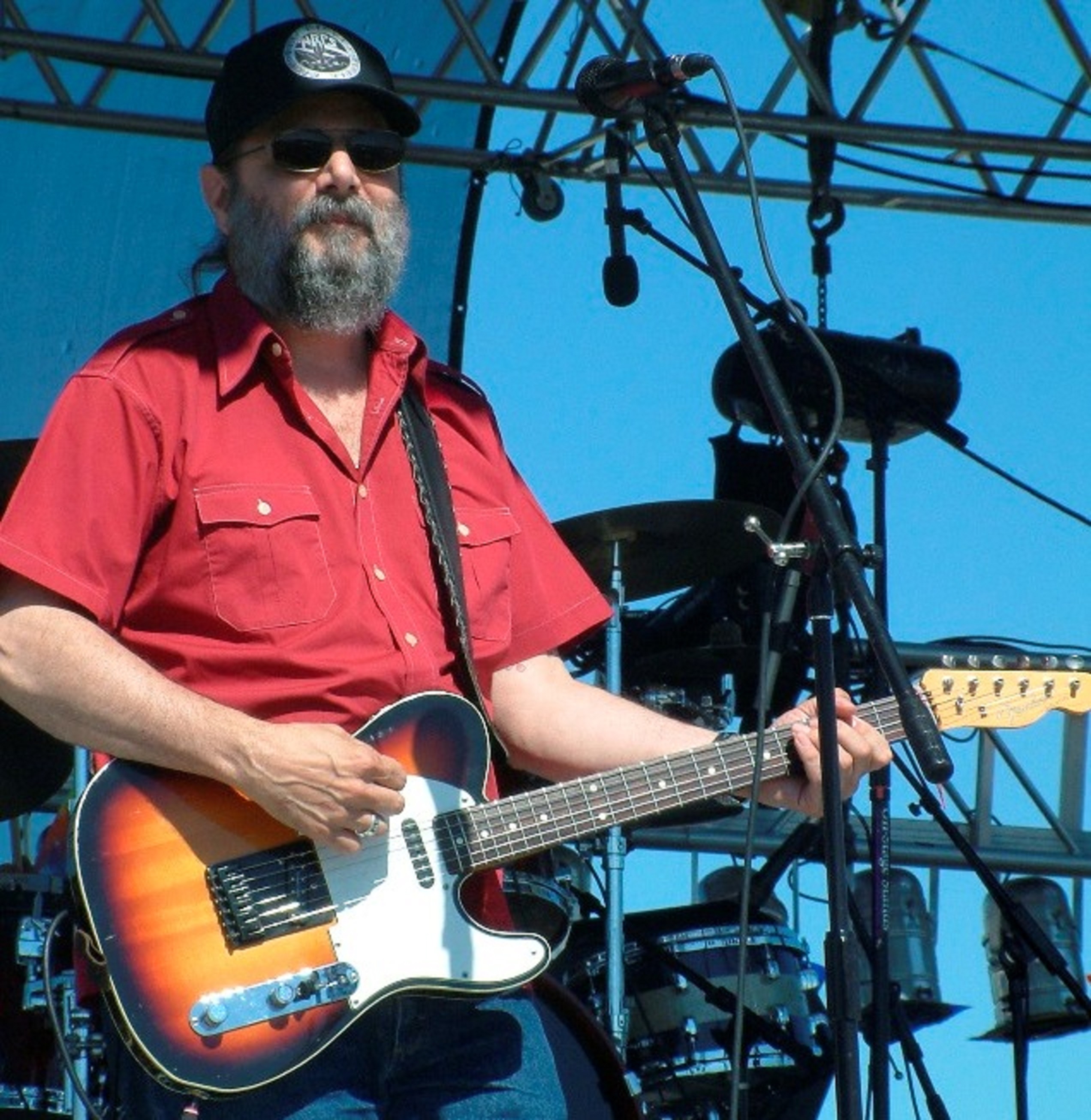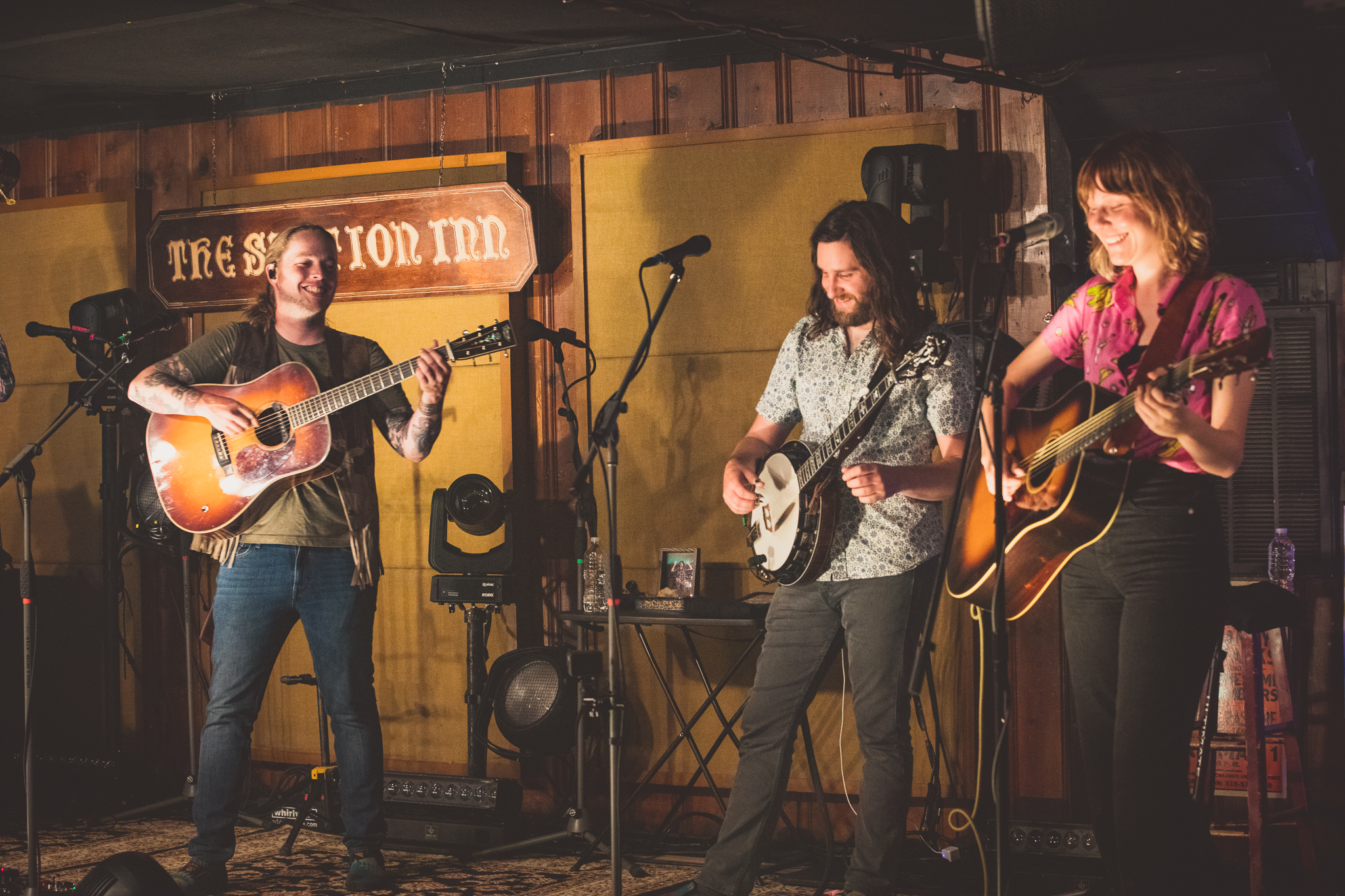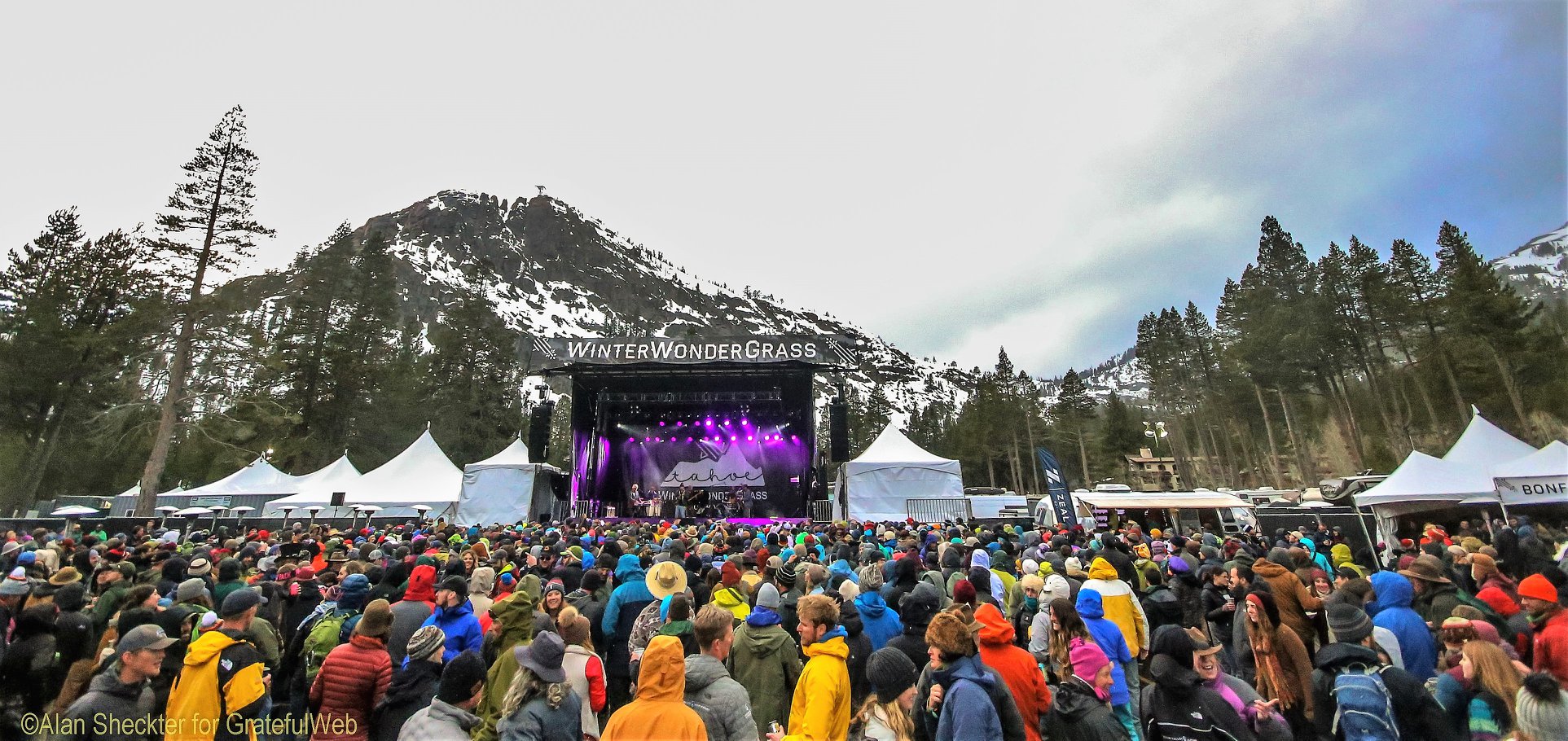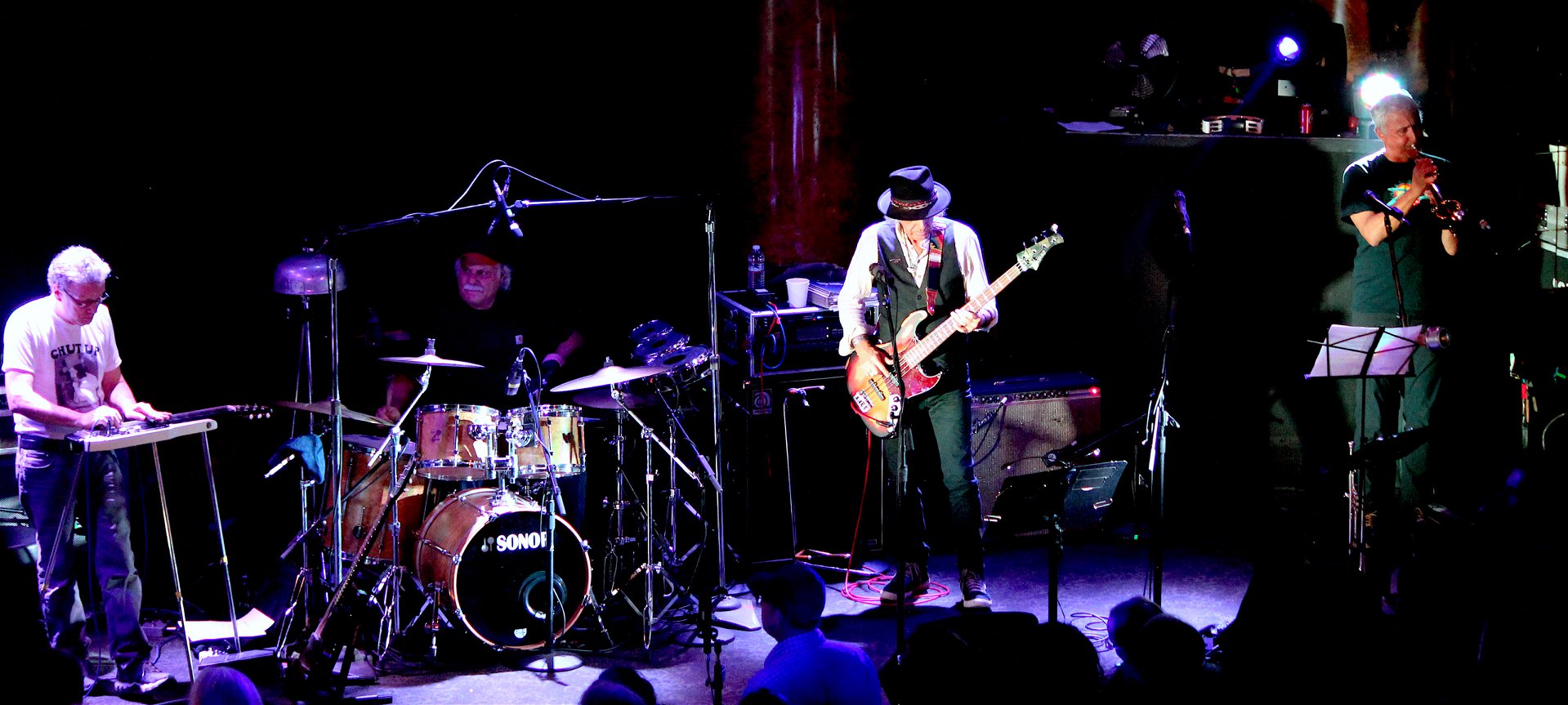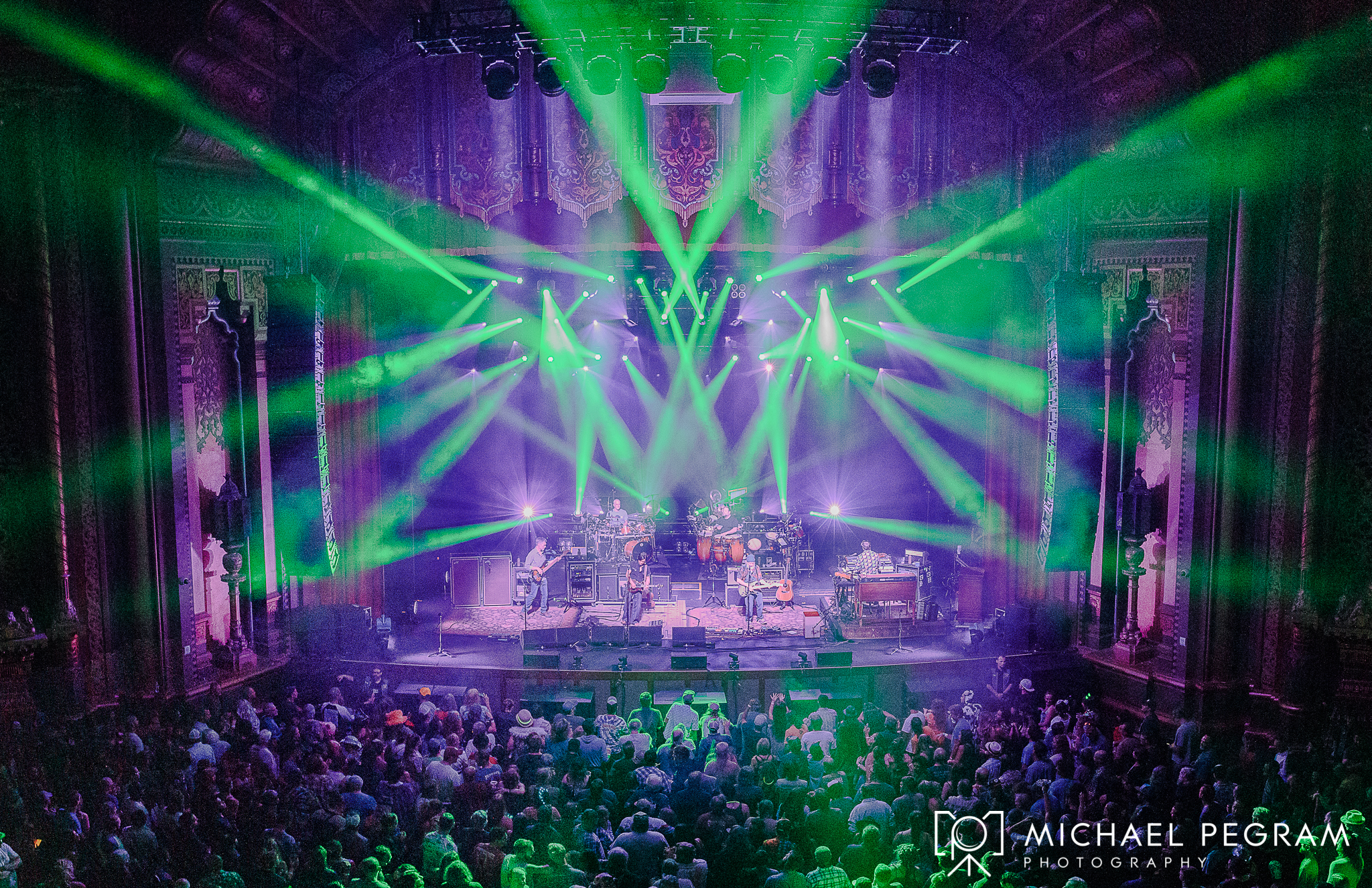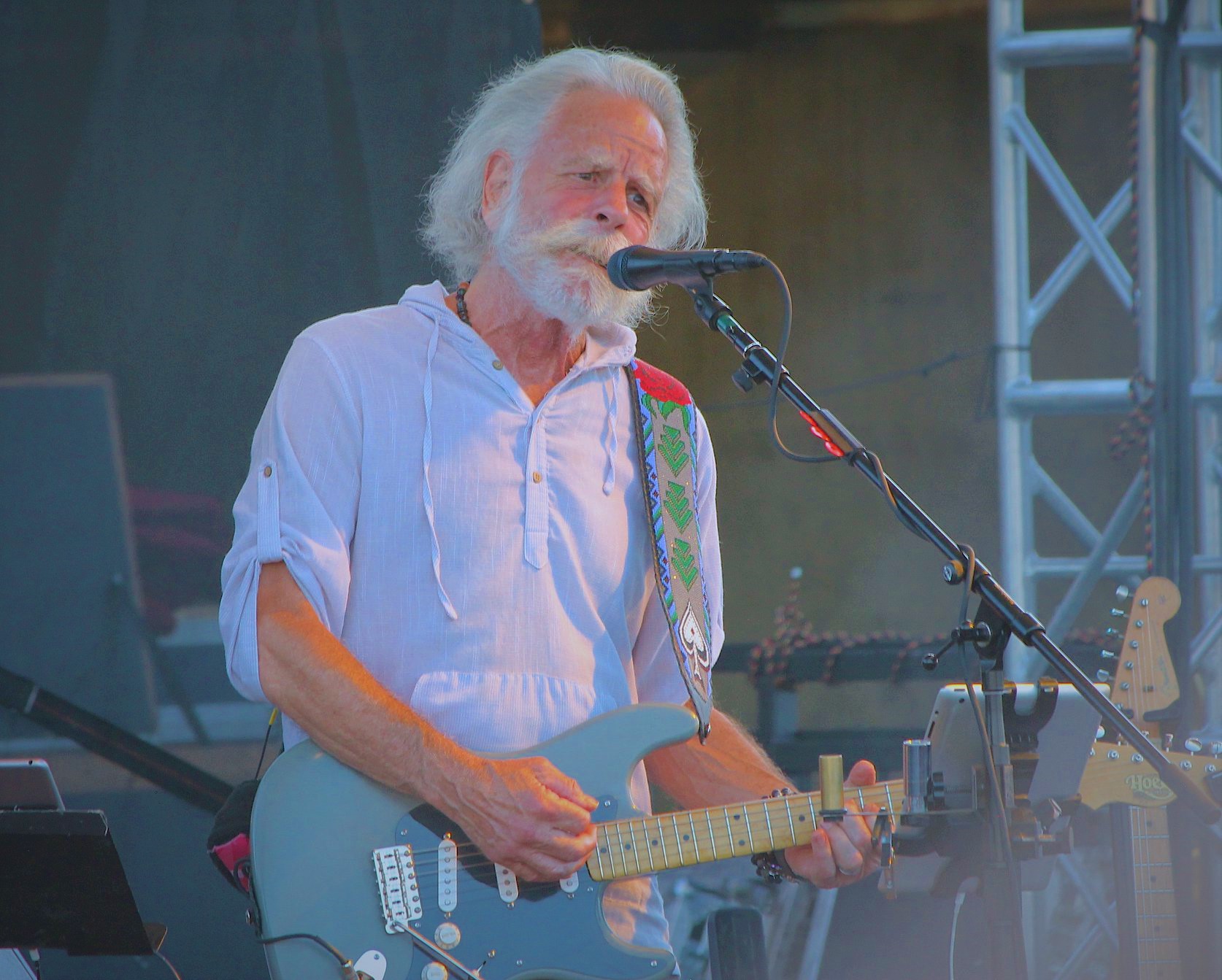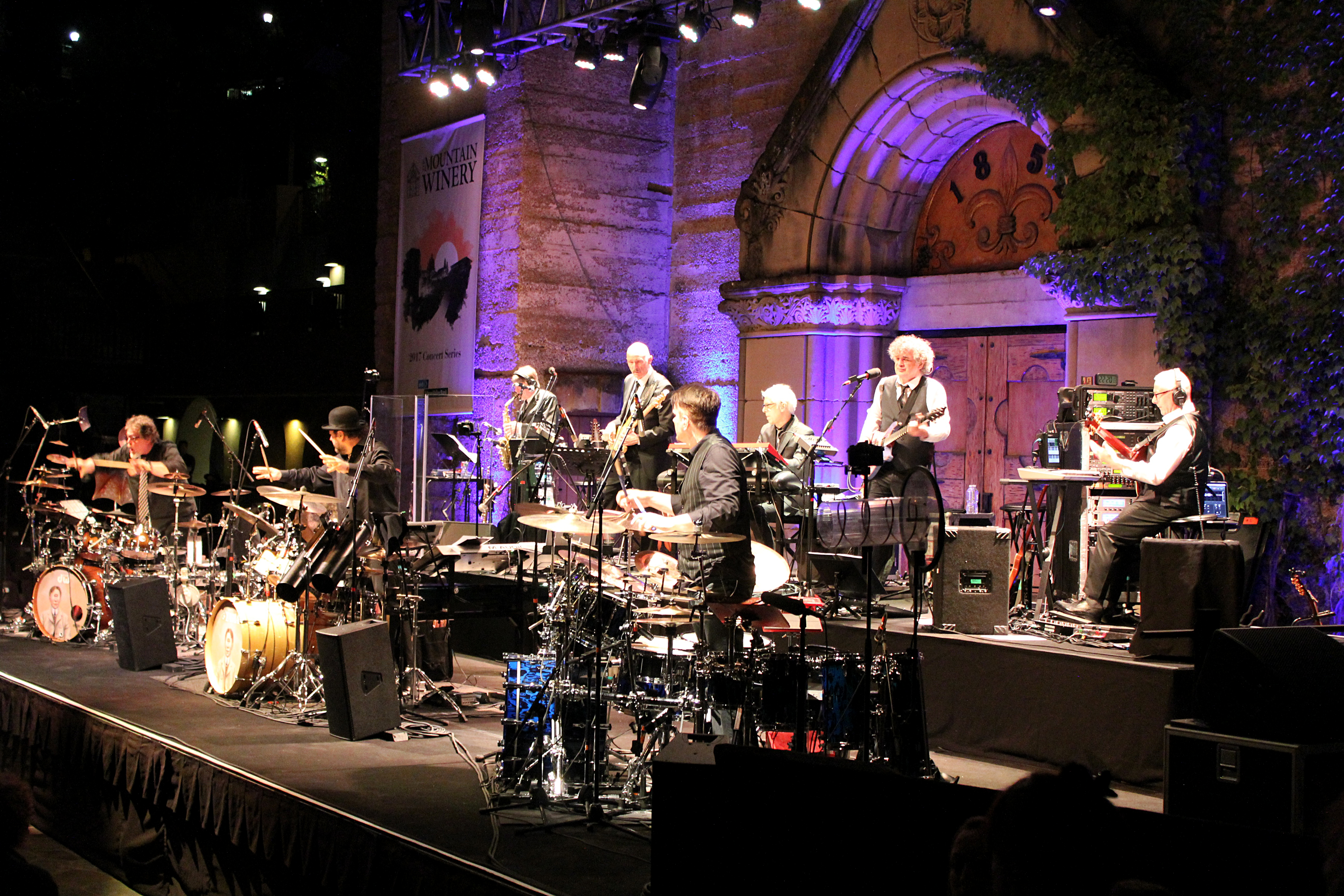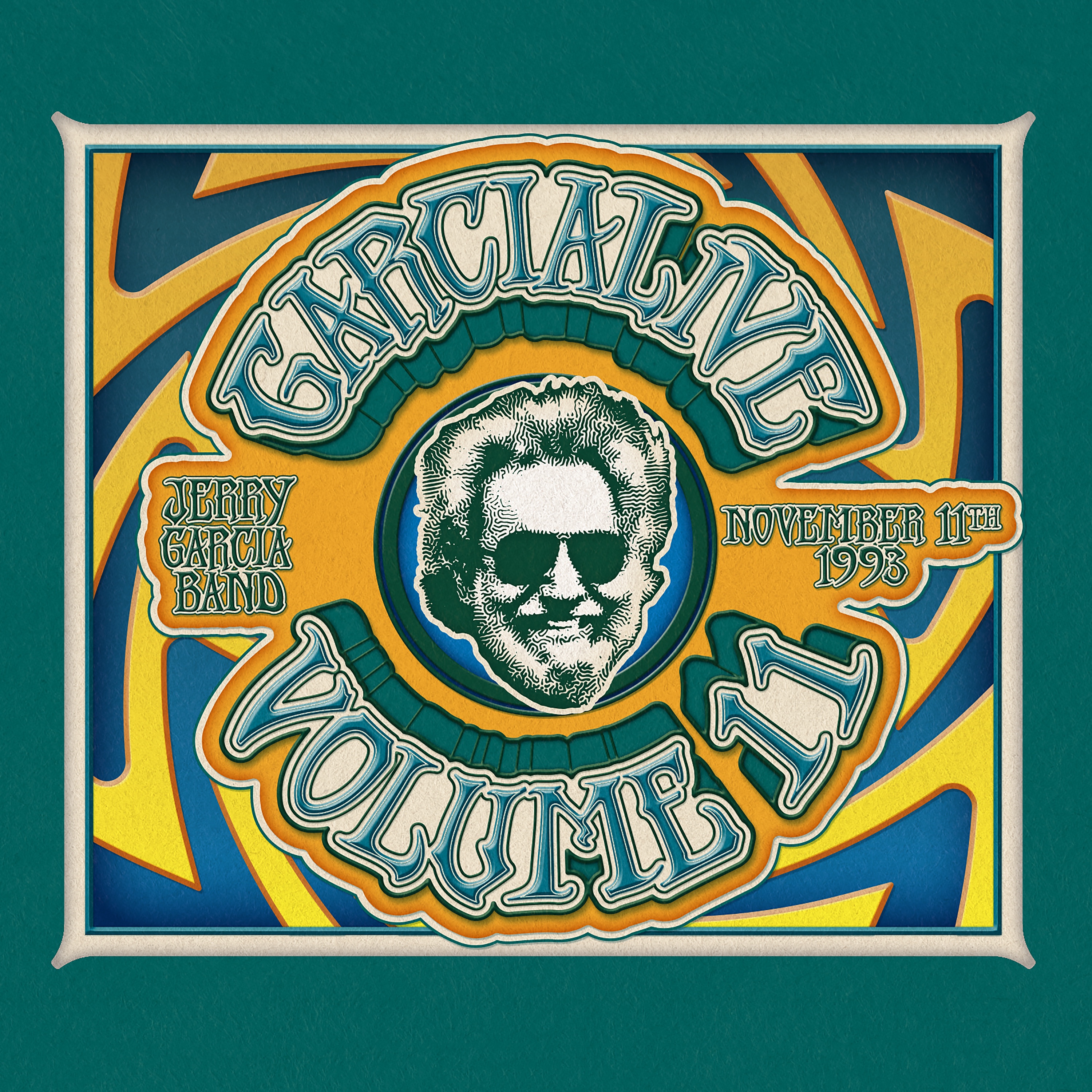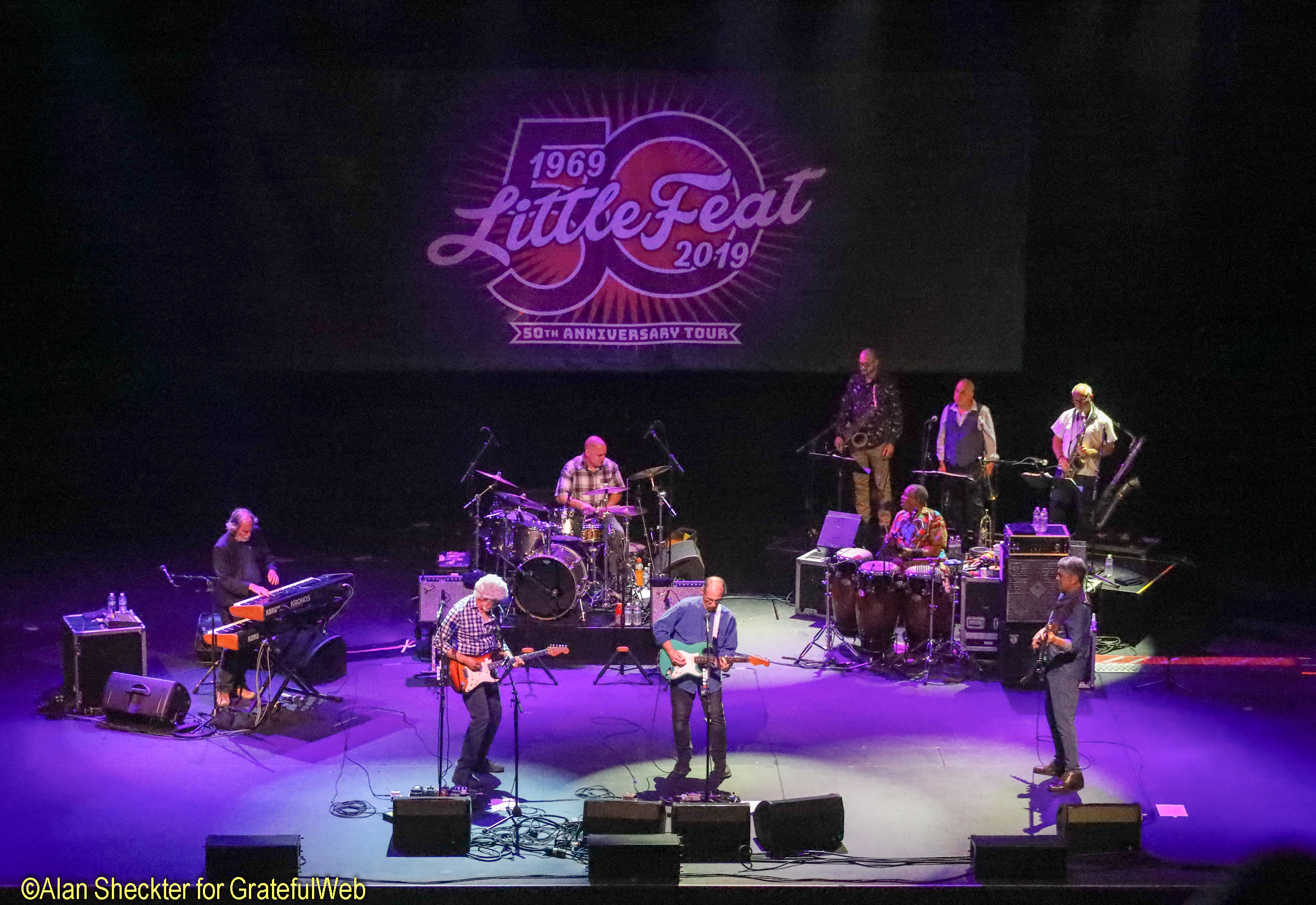Grateful Web recently had the honor of visiting with Donna Jean Godchaux-MacKay. While most folks are familiar with Donna Jean as the radiant co-vocalist of 1970s Grateful Dead, augmenting some of the seminal group’s most celebrated tunes such as “The Music Never Stopped,” “Cassidy,” “Mississippi Half-Step,” and “Playing in the Band,” she holds deeper roots in Americana as a 1960s session musician of the legendary Muscle Shoals Sound Studio. We had the privilege of discussing her inspired recent reworking of a classic tune from Donna Jean and the Tricksters, her connectivity to distinctive musical tributaries, and fond memories from the peak touring years of the Grateful Dead.
GW: Thanks so much for taking the time to speak with us! Before diving into anything specific, how have you been? I know 2020 has been a difficult year for musicians and artists in general...
DJG: Like most folks, we’ve just been trying to get by due to this pandemic. We are doing our best to keep mentally and physically astute. Creativity-wise as well.
GW: Glad to hear it. A big part of what brought us together today is catching up about the reworking and release of the Donna Jean and the Tricksters classic “Shelter.”
DJG: Yes, it felt like a timely project, during a time when everyone is feeling very isolated. For some background, Jeff Mattson, who co-wrote the song with me, had been talking with me for years about re-doing “Shelter” and bringing out its full potential. When we were in the studio in New York in 2007, the recording turned out fine, though it wasn’t precisely what I had envisioned, especially concerning the background vocals in the chorus. I also desired a more tribal sounding rhythm section. We took care in replacing the background vocals, and my husband David MacKay reworked the bass. Jimmy Nutt, the owner of Nutt Recording Studio in Muscle Shoals, is also a drummer and added to the drum track. It was just a joy to hear the finished product and for me, what I had heard in my head the whole time.
GW: I have a hunch that reworking “Shelter” in Muscle Shoals evoked some inspiration. Muscle Shoals and your musical history are deeply intertwined. What brought “Shelter” back to you?

DJG: Let me start by saying, through this pandemic, part of the initial decision to record in Muscle Shoals was that it didn’t require David and I to travel, as we live here. Jeff was involved in every step of the reworking from his locale in New York. Back in 2007 when the song was written, it was pertinent with what was going on in the world and overseas, which prompted me to write those lyrics. Today, listening to the song and thinking about what’s going on globally and in America, I thought this song was more relevant now by a hundred-fold. This was the impetus to do this because Jeff and I believed the timing for this song is now. It’s very indicative about what we need to do worldwide. There are outstanding things facing humanity and we wanted to put this song out here.
GW: I’m sure you’ve been asked this before, but has this activity sparked the potential for future live performances between Jeff and yourself? I know Dark Star Orchestra has been playing live shows with social distance.
DJG: Well, Jeff and I have we’ve written so many songs together over the years and stayed connected off the road. But as far as what the future holds, we’re like many other musicians negotiating how to get back to it, playing for crowds. I always say; we will see what happens and how fluidly we could make it work. The pandemic has forced us into this. Hopefully this pause has brought us all some introspection to add to ourselves as singers and songwriters, as creative people. Once again, we will wait and see how this shakes out.
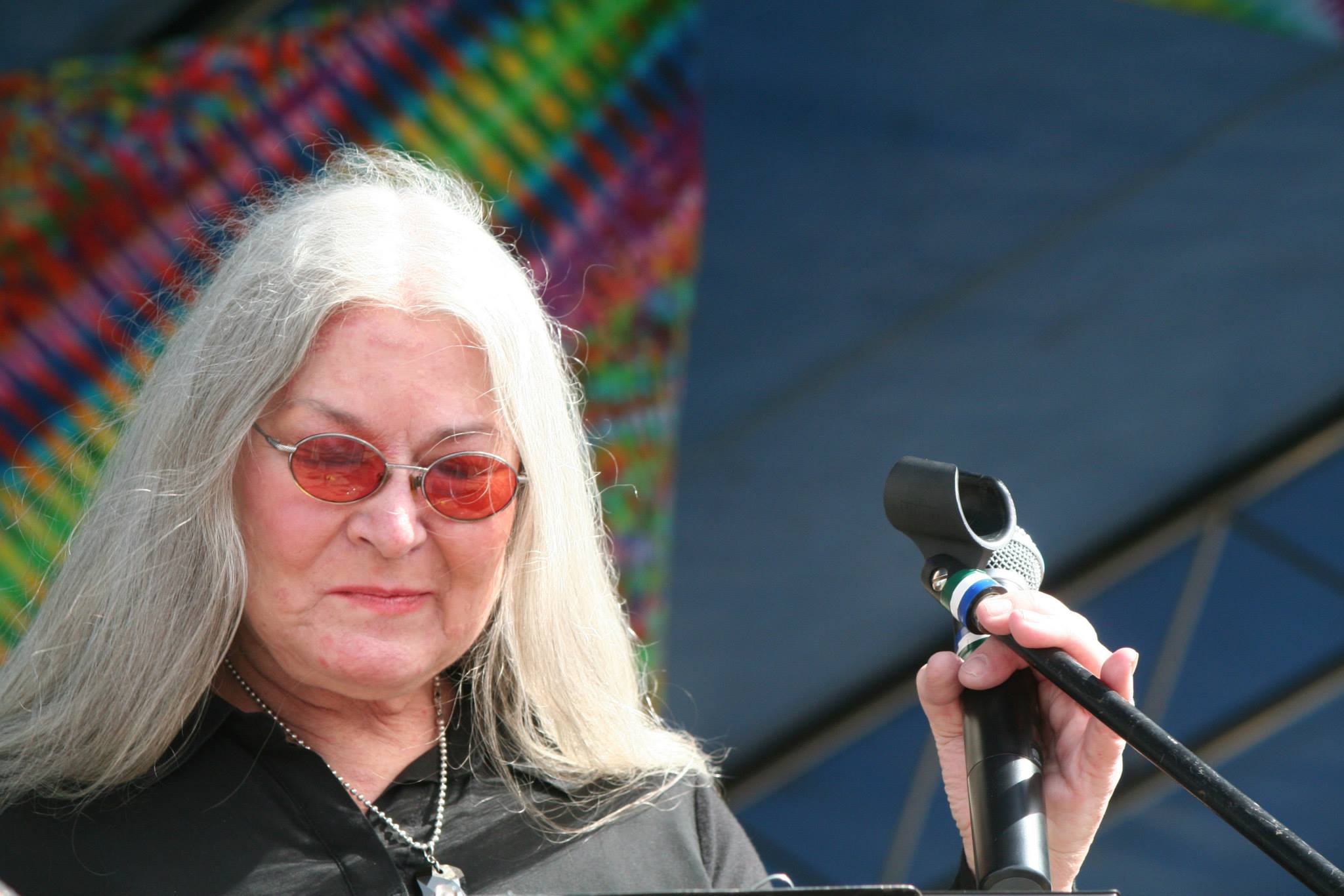
GW: I wanted to broaden the focus over the course of time. While I discovered you through the music of the Grateful Dead, you had a prolific history as a studio session singer with some of the biggest stars in American music. How did your experience touring with the Grateful Dead change your connectivity with audiences? They clearly had a special connection to their fans, but I’m curious considering musical experiences prior, how performing with the Dead shaped your musical decisions?
DJG: Prior to performance for audiences with the Grateful Dead, I spent many years in the studios of Muscle Shoals and Memphis. I was what you called a studio rat. It was earphones, and the music was produced and arranged in a very controlled environment in every respect. Jump from that musical world into the live situation! It’s important to note that before Grateful Dead, I had never even sung in a bar or anywhere in front of crowds. It was just straight from that studio work to Winterland in San Francisco, performing live with the Grateful Dead. What a big change! - It took a while to get used to. I loved it and I loved the ensemble singing we did together as the Grateful Dead. I wouldn’t trade anything in the world for it. It was just another arm of who I was musically. From the Muscle Shoals sound to the San Francisco Sound. It just came together beautifully that I had all of this experience singing harmony and got to take that to San Francisco with me. The rest is history.
GW: I’ve always wanted to ask you about the transition from the touring-era ending in 1974, during which time the Grateful Dead were playing gargantuan football stadiums, and contrast that with their transformation following a nearly two-year hiatus. After taking that break, Grateful Dead returned to performance and deliberately selected intimate halls for their June 1976 comeback. The Boston Music Hall, Beacon Theater, Auditorium Theatre in Chicago. What was it like, going from The Wall of Sound, backed by hundreds-feet-tall speaker stacks in sports stadiums to playing the intimate confines of theaters? Did that change your experience performing with the Grateful Dead?
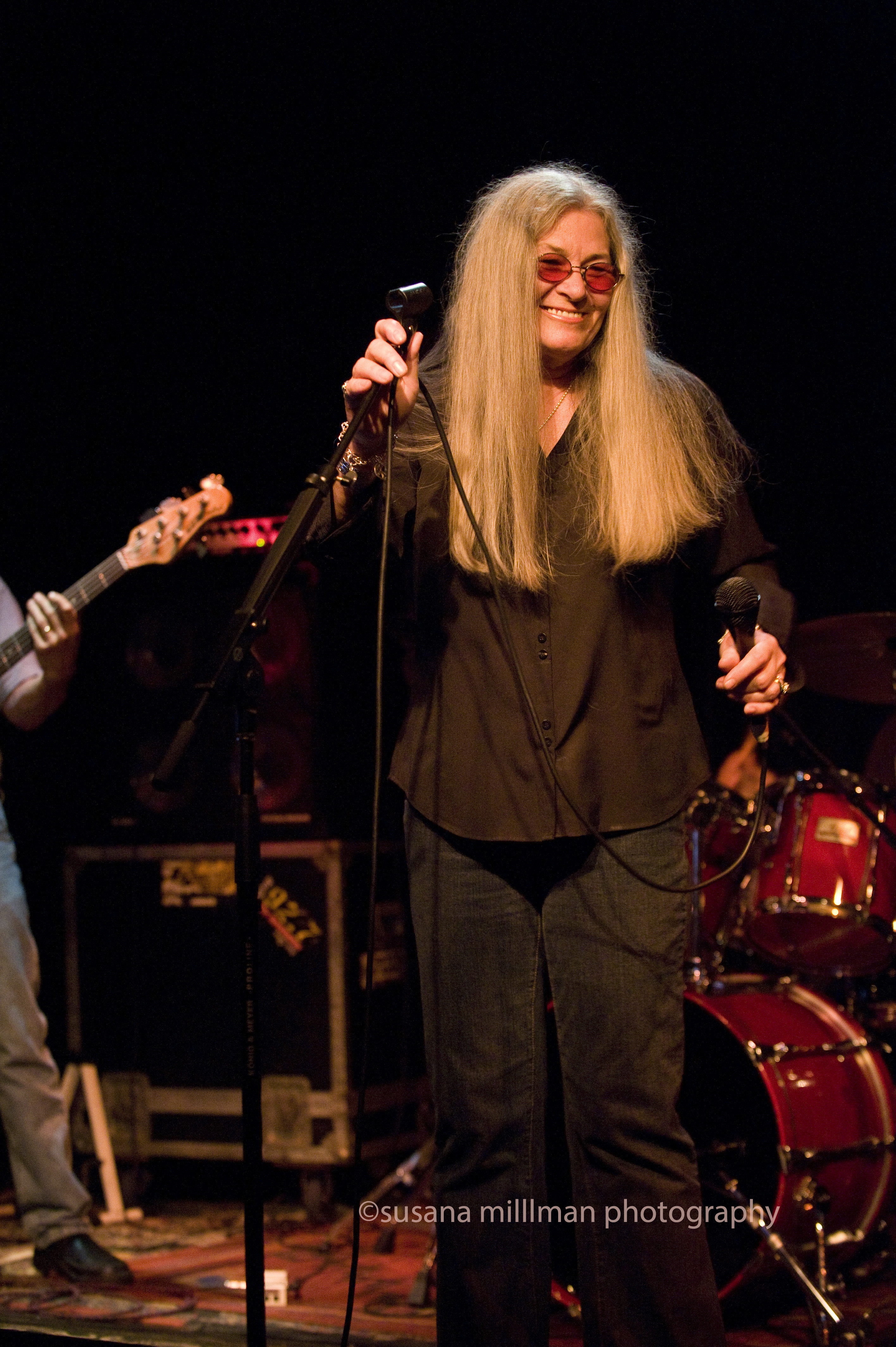
DJG: Playing stadiums and hockey rinks was not what you’d call intimate. It was at the point where people were so far away you couldn’t even make out any one face. That all changed when we played those theaters as you described. The relationship with the audience became much sweeter. I and the rest of the band loved playing those smaller places. Many of those theaters were built for music, and the acoustics were tuned to reflect the music like it was supposed to be. Those big stadiums were created for sports, not music. It was a whole different world. Personally, I preferred the smaller venues.
GW: You hear it in the recordings, which are a living breathing organism to this day.
I wanted to circle back to Muscle Shoals and its impact on American music. Do you have any thoughts on what the Muscle Shoals sound brought to the melting pot of American music and its legacy?
DJG: I would first say that the musicians that played on those hit records with those incredible artists were people who grew up together here. Roger Hawkins, Jimmy Johnson, Spooner Oldham, and Dan Penn; those were all my friends, and I had known them since I was twelve years old. The ones of us who were musical automatically gravitated towards the studios which were built when we were very young. They provided the bottom-line for what we hear as growing into that musical industry. For instance, the Muscle Shoals Swampers were just friends who loved music and played music and grew up in it. They provided the foundation for what happened later, and a lot happened later! It was amazing that in a podunk Northwestern Alabama town, all of this music and talent and creativity was wadded in this little area.
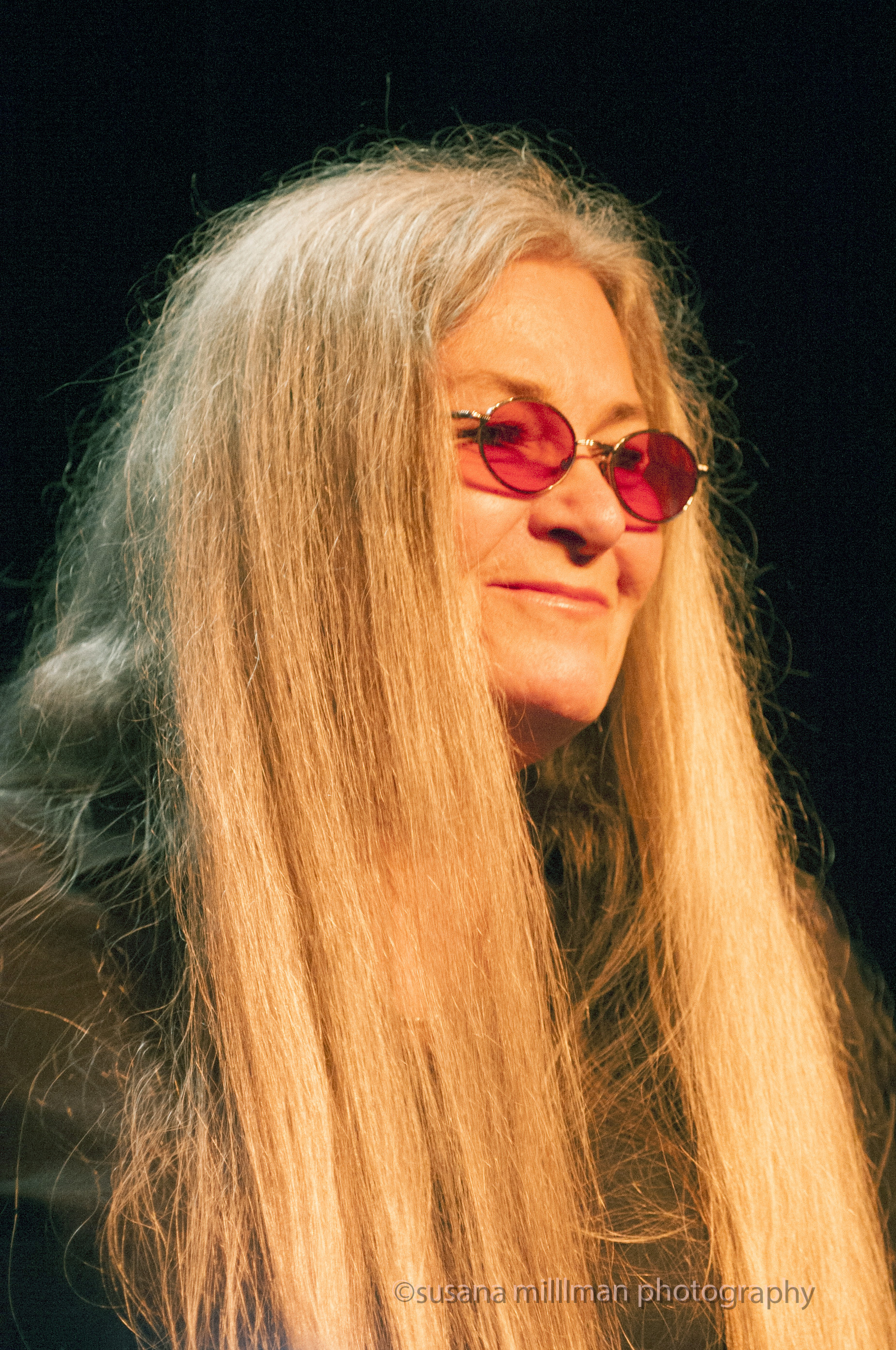
I saw in Billboard at one time that per-capita there were more musicians in Muscle Shoals that anywhere else. It was a magical thing that happened here, like it was a magical thing that brought together all of those San Francisco bands during that same time. You can’t define magic really. It’s so elusive and that’s what makes it magical. I’ve been fortunate enough to be in two profound magical times and situations. I consider myself to be one of the most fortunate people in the world to have the access and opportunity to do what I always wanted to do.
GW: And there was that crossbreeding that happened between what was happening down in Muscle Shoals and how it influenced the San Francisco musicians. It’s a big part of what is blanketed as Americana.
DJG: The validity of both of those musical expressions, from one coast to another, is really indicative of who we are as a nation. The diversity of musically creative ideas that explode in certain times and situations. As far as the Grateful Dead is concerned, I wouldn’t have traded anything for being in that band, during that time, with those people, and playing that music. That was something that didn’t happen anywhere else. And what happened in Muscle Shoals wasn’t really happening anywhere else. It’s profound what has happened musically over the last sixty years. We’ve watched a lot be birthed and enjoyed in perpetuity. And the Grateful Dead is certainly in perpetuity, it’s never going to stop.
GW: Thank you for opening up so deeply about that.
To circle back to the present, I wanted to ask, where can folks get ahold of the reworking of “Shelter?”
DJG: You can find it at https://donnajeanandthetricksters.hearnow.com. There’s a lot of place to download from there. It means a lot to me to get this out here right now.
GW: Absolutely. Thank you for taking the time to catch up with us about this and we can’t wait to share this and of course support the music of Donna Jean and The Tricksters, Jeff Mattson, and the others we’ve discussed today. Here’s to a bright future and being together in intimate venues again soon!






